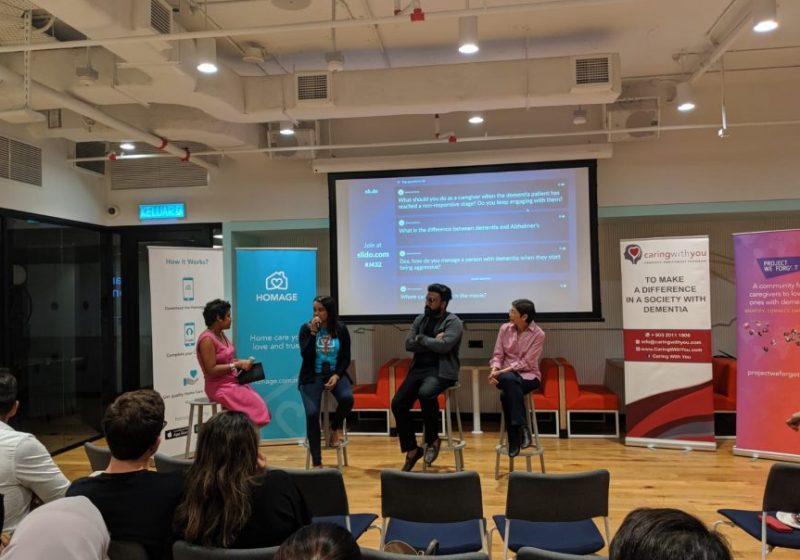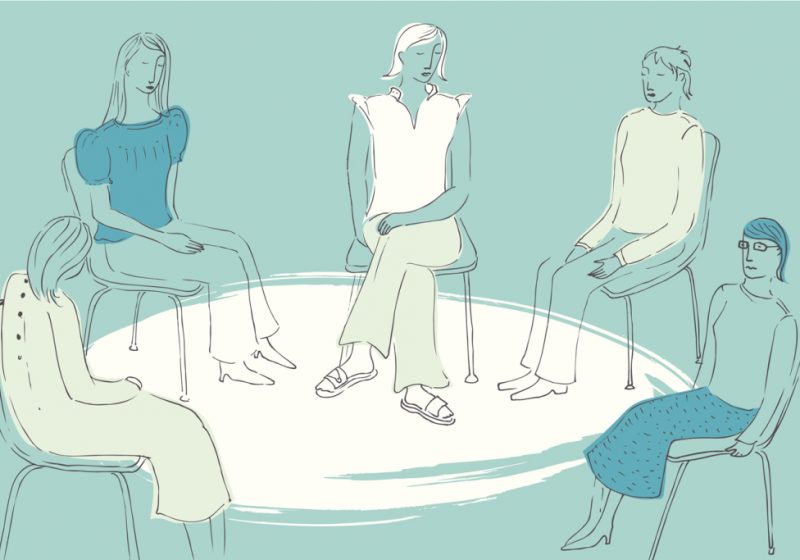With the growing prevalence of dementia worldwide, there has never been a more urgent need to combine the power of service design and public health to drive positive change in this important area.
By Melissa Chan

In recent years, there has been growing recognition of the link between service design and public health, and the potential for these two fields to work together to drive positive change in a variety of areas, including brain health and dementia.
By combining the principles of service design with the expertise of public health professionals, it is possible to create innovative, person-centered solutions that address the complex and multifaceted challenges of brain health and dementia.
Service design and the expertise of public health professionals
Service design is a user-centered approach to problem-solving that emphasizes empathy, co-creation, and continuous iteration. It involves working closely with stakeholders to understand their needs, preferences, and behaviours, and using that understanding to develop and test new solutions that meet those needs in a meaningful way. Public health, on the other hand, is a field that focuses on promoting and protecting the health of populations, through the prevention and treatment of disease and injury, and the promotion of healthy behaviours and environments.
Public health professionals can bring their expertise in population health, epidemiology, and health promotion to the table, helping to identify the broader societal and environmental factors that impact brain health and dementia. This can include things like access to healthy foods and safe environments, as well as policies and regulations that support brain health across the lifespan.
Combining the field of service design and public health
The combination of these two fields can be particularly powerful when it comes to addressing the challenges of brain health and dementia. Dementia is a complex and multifaceted condition that can impact not only the individual with the condition but also their family, friends, and caregivers.
It requires a comprehensive approach that takes into account the physical, social, and psychological aspects of the condition, as well as the broader societal and environmental factors that can impact brain health.
By using service design principles to engage with stakeholders and understand their needs and perspectives, it is possible to develop new and innovative solutions that address the many different aspects of brain health and dementia. For example, service designers can work with individuals with dementia and their caregivers to develop new tools and resources that support daily living and improve quality of life. They can also work with healthcare providers to design more person-centered and integrated care pathways, that address the physical and emotional needs of individuals with dementia and their families.
Together, the combination of service design and public health can drive positive change in the area of brain health and dementia. By working together, these two fields can develop more effective and innovative solutions that address the many different aspects of brain health, from prevention and early intervention to care and support for individuals and families living with dementia.
With the growing prevalence of dementia worldwide, there has never been a more urgent need to combine the power of service design and public health to drive positive change in this important area.




































































































